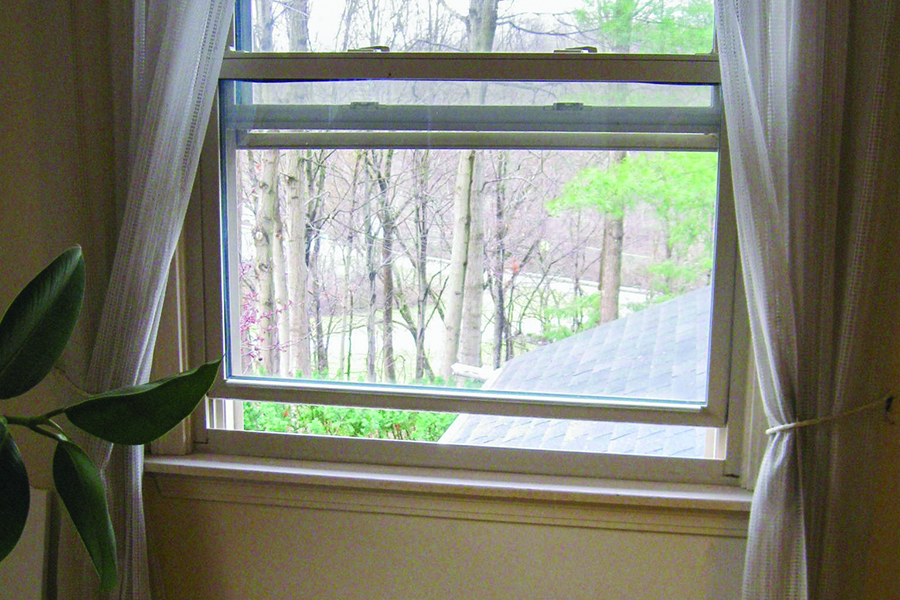Summer energy savings

My family is trying to use less air conditioning this summer to save electricity. Do you have any good tips for us so that we are not terribly uncomfortable in our home?—Ron H.
To get the coolest, comfiest results, try any combination of these low-cost or free home improvements plus simple lifestyle changes to reduce the amount of air conditioning needed:
reduce the amount of heat that leaks into your home
- reduce the amount of heat generated inside your house
- control humidity levels
- increase indoor air movement
- use natural ventilation when possible
Check around your windows and doors for air leaks, then add caulking or weatherstripping to keep hot air out. Check your attic insulation for gaps or thin areas, then correct any problems. Be sure that no loose insulation is blocking any of the attic vents.
Hunt for heat sources within your home, then take steps to minimize them. Use the bathroom exhaust fan to remove the buildup of extra heat and moisture from showering or bathing. Run the range hood when cooking indoors. Try using countertop-cooking appliances (slow cooker or toaster oven) in the garage or outdoors to keep your living space comfy.
Simple and breezy
Schedule dishwashing and laundry chores late at night or early in the morning when the house is at its coolest.
Unplug tiny heat sources such as phone and computer chargers and other electrical items when not in use.
Keeping air moving inside your home increases evaporative cooling from your skin to keep you comfortable. Set ceiling paddle fan speed to medium or high, and the rotation switch so it blows air downward. Turn the fan off when the room is unoccupied.
Natural air movement can help, too. On a breezy, not excessively hot and humid day, open the windows on the side of the house facing the incoming wind slightly. On the opposite side of the house open those windows wider. The pressure difference will cause the air to blow in the partially opened windows much faster, creating a breeze using no electricity.
Close curtains and mini-blinds in rooms that receive direct sunlight to keep them cooler. Awnings over the sunniest windows and doors will help block some direct sunlight and heat gain.
How to use a whole-house fan
On a cool, low humidity night, a whole-house ventilation fan (often located in a hall ceiling) can draw huge amounts of fresh air through your house. Running the fan during the night can cool down the entire house and delay the time in the morning when the air conditioner has to come back on.
James Dulley from the July 2015 issue.

